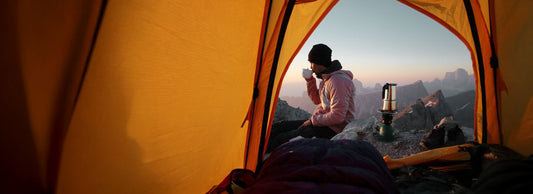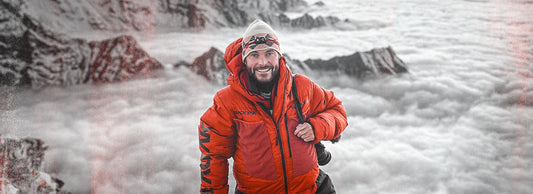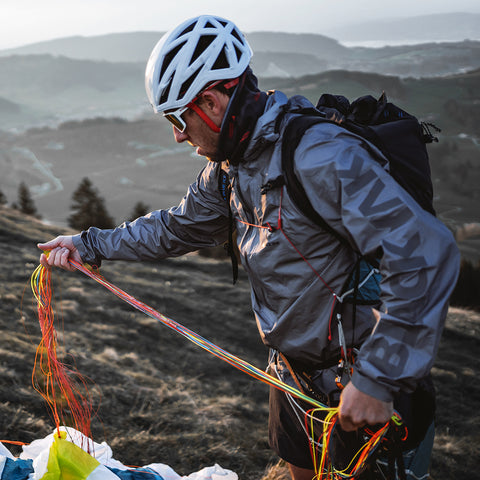One of the most important aspects is packing!
It can be both exciting and daunting to prepare for a Himalayan expedition.
One of the most important aspects is packing. When packing, I go through the whole expedition step by step, making sure I pack everything I need for the flights, the arrival and time in Kathmandu, the tracking to the base camps and the climb itself. I visualize the whole expedition in my mind, which also helps me to prepare myself for actually being there. Starting early is crucial to ensure you have enough time to pack everything you need and avoid last-minute stress. Creating a comprehensive checklist of essential items is a great way to keep track of everything you need and avoid forgetting anything important.
Before I start packing, I gather all my items in one room or space to make sure I have everything I need. Organizing my belongings into different bags according to their purpose can also be beneficial. For example, I have a small dry bag for trekking, another for Kathmandu, a larger one for base camp and another for high camp. Using BLACKYAK Dry Bags within these bags has helped me to further categories and organize my items.

When it comes to clothing, thin layers and base layers are essential for the Himalayan climate. These layers can be easily added or removed to regulate your body temperature.
The BLACKYAK CHAMAR FLEECE BASELAYER is already my favorite base layer.

Pack a mix of shorts, trousers and leggings, a couple of shirts, and don't forget to include thin socks and thick socks, gloves and then thick gloves, and a buff hat to keep my extremities warm.It's also essential to have a set of Gore-Tex layers to protect you from the elements.
Towards the end of my packing process, I make sure to include the big down jackets and a down suit, as well as trousers designed to keep me warm during the climb and at base camp. These items are essential to keep me warm and comfortable in the harsh Himalayan environment. The down jackets are particularly important as they are incredibly warm and can be worn both when climbing and when resting at base camp. The BLACKYAK MANDU HOODED EXPEDITION DOWN JACKET is something I like to have with me. I can use it for many purposes.

In addition, the Watusi Expedition Suit is designed to keep me warm in extreme cold and is also quite light. In addition to clothing, you should pack all the necessary toiletries, underwear, sunglasses, goggles and plenty of snacks and food for the trek and higher camps, electronics, medication and proper climbing shoes. Finally, a bag with all the climbing equipment, including harness, ice axes, poles, helmet, short rope and some personal items. By including these items in my packing list, I can rest assured that I will be adequately prepared for the challenging conditions that await me in the Himalayas.

Packing is certainly an essential part of preparing for a long expedition. However, it's important to recognize that physical and mental preparedness are equally important, especially when it comes to climbing an 8000-meter peak. Although I've spent a lot of time running, climbing and strength training, I haven't had much time to relax and meditate before embarking on such a challenging adventure.
In addition to physical and mental preparation, fundraising is an important aspect of planning an expedition. It takes a lot of hard work and dedication to secure the necessary funding. However, packing serves as a helpful reminder of my motivation and purpose for undertaking this expedition. As I place each item in my bag, I visualize myself using it in the field and create mental images of the expedition.
Throughout the entire process, from the initial packing to the last days at the airport and Kathmandu, to finally reaching Base Camp and disconnecting from the world, I am constantly reminded of my purpose and motivation. This helps me stay focused and prepared to hit the trail.









